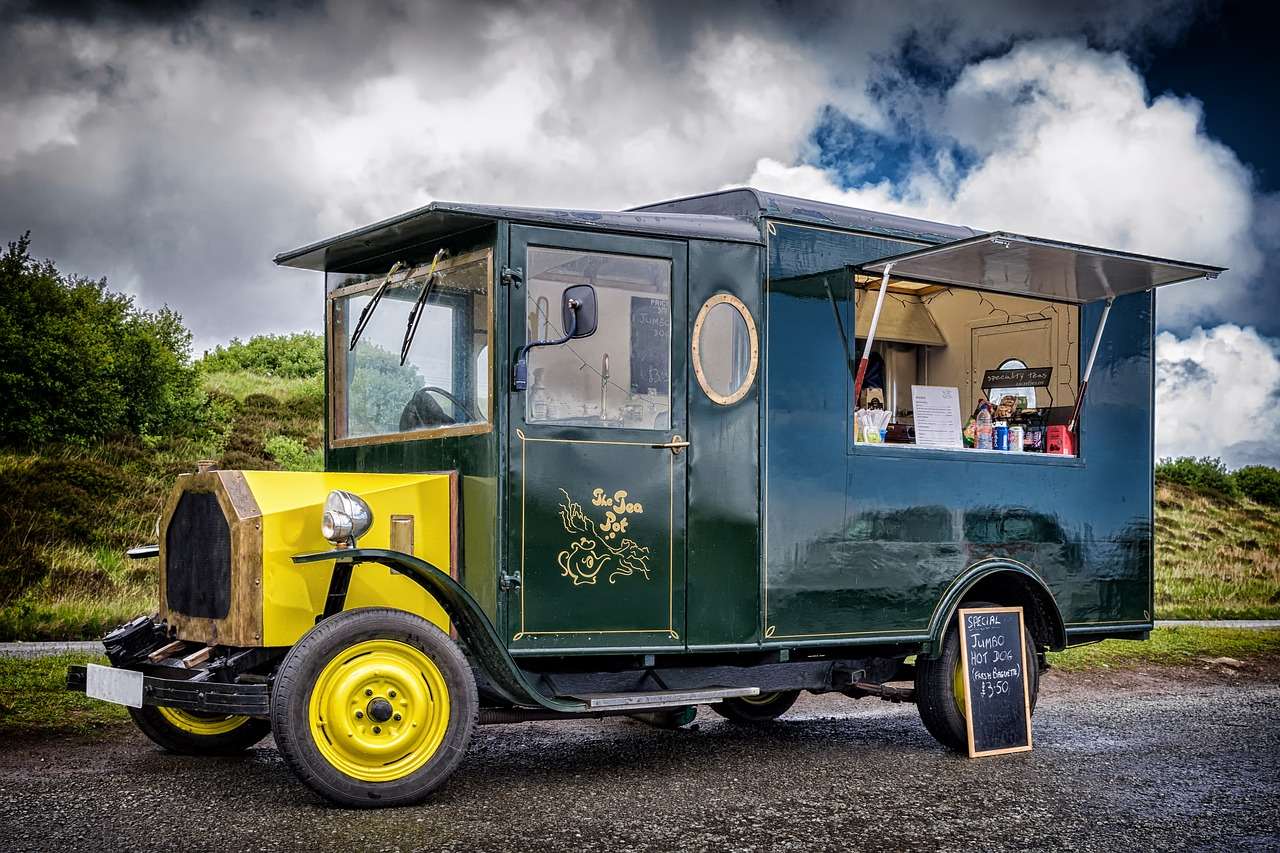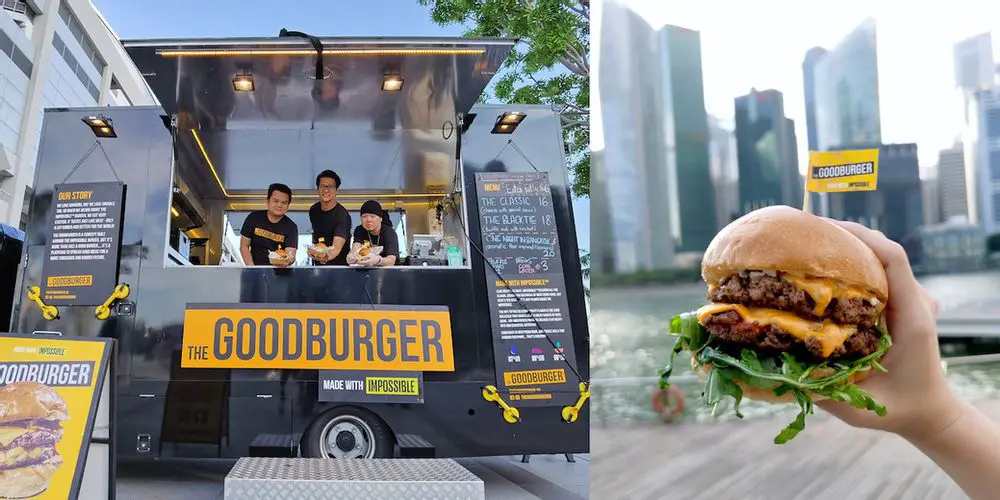The Business of Food Trucks: From Zero to Profitable in 7 Years
Starting from Scratch
When I took over Matilda’s Food Trucks in Sydney, Australia 7 years ago, the business was struggling. Westpac Bank was going to close the doors due to poor performance. My main competitor, Quick Snax Food Trucks, was dominating the market. I only had 25 trucks in my fleet that were operating at a loss each day. It would take a lot of effort to turn this business around.

Gaining an Understanding of Costs
The first step was getting a deep understanding of all the costs involved in running a food truck business. I reviewed the supply chain from food manufacturing to distribution and analyzed the loss points. I also assessed the individual costs for each sandwich and food item. Maintaining the trucks was another major expense that needed attention. With all the moving parts, losses can add up quickly across the operation if not monitored closely.
Optimizing Operations and Efficiency
Once I understood the full cost structure, I focused on optimization. I streamlined purchasing to reduce costs through economies of scale. Labor was also analyzed to ensure maximum efficiency from each staff member. By tweaking operations and routings, I was able to improve the profitability of each truck. The goal was to increase the number of profitable trucks in the fleet through cost control and process improvements.
Understanding Customer Demand and Pricing
Another critical factor is knowing your customers and the market. Food truck customers are very price sensitive, so pricing needed to be tested. A 10 cent price increase could destroy sales just as easily as it could boost profits. Market research was conducted to determine customer preferences and the optimal pricing strategy. Ongoing analysis of sales data provided insights into demand patterns.
Expanding Through Strategic Growth
Once the core fleet of trucks was operating profitably, it was time to expand. Over the 7 years, I grew the business from 25 trucks to 40 through strategic acquisition and organic expansion into new territories. However, entering a new market requires careful planning and relationship building before setting up operations. Permissions, marketing, and supply logistics all need attention when establishing a new “run” or territory.
Additional Revenue Streams
Beyond the core food truck fleet, other revenue opportunities were pursued. We secured contracts to operate food kiosks and vending machines at large venues like casinos, sports stadiums, and building sites. Catering services for events on weekends also brought in steady business. These ancillary income sources helped boost overall profits while spreading overhead costs across a wider customer base.
Technology and Process Enhancements
As the business grew, it was important to upgrade systems and implement new technologies. Barcoding and inventory management tools brought operational efficiency. Transitioning to an electronic point-of-sale with payment processing onboard the trucks increased sales volumes. Staff were also incentivized through commision structures tied to performance. By constantly striving to improve processes, costs were further reduced and the customer experience was enhanced.
Sustained Success and Exit
After 7 years of transformation, Matilda’s Food Trucks was a highly profitable operation. Through relentless focus on costs, optimization of systems, strategic expansion, and new revenue opportunities, annual profits grew exponentially. In the end, the business was sold for several million dollars to a large catering firm based in Melbourne. By gaining an in-depth understanding of every aspect and continuously enhancing the business model, what started as a struggling fleet was built into a highly successful food truck empire.

